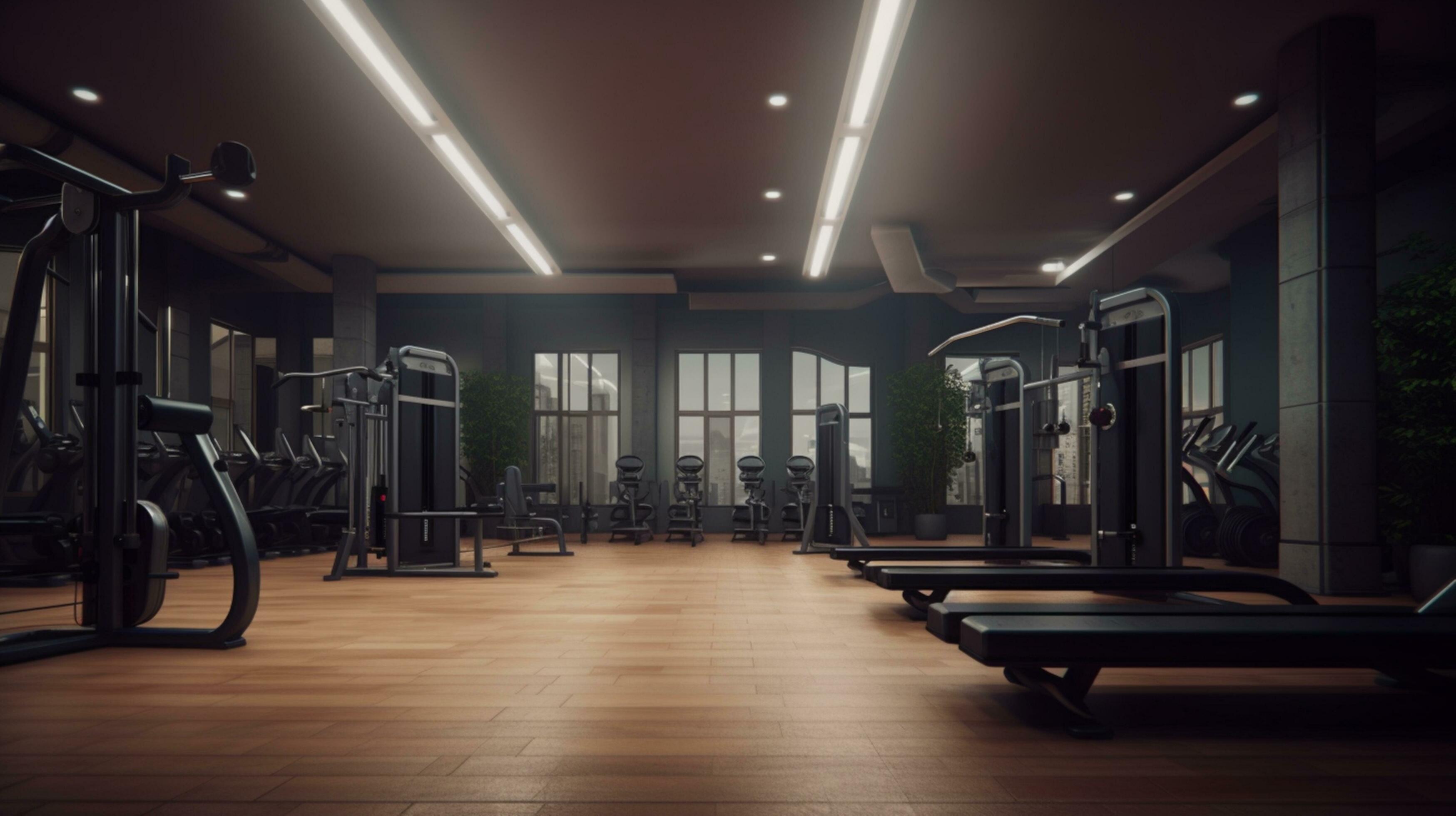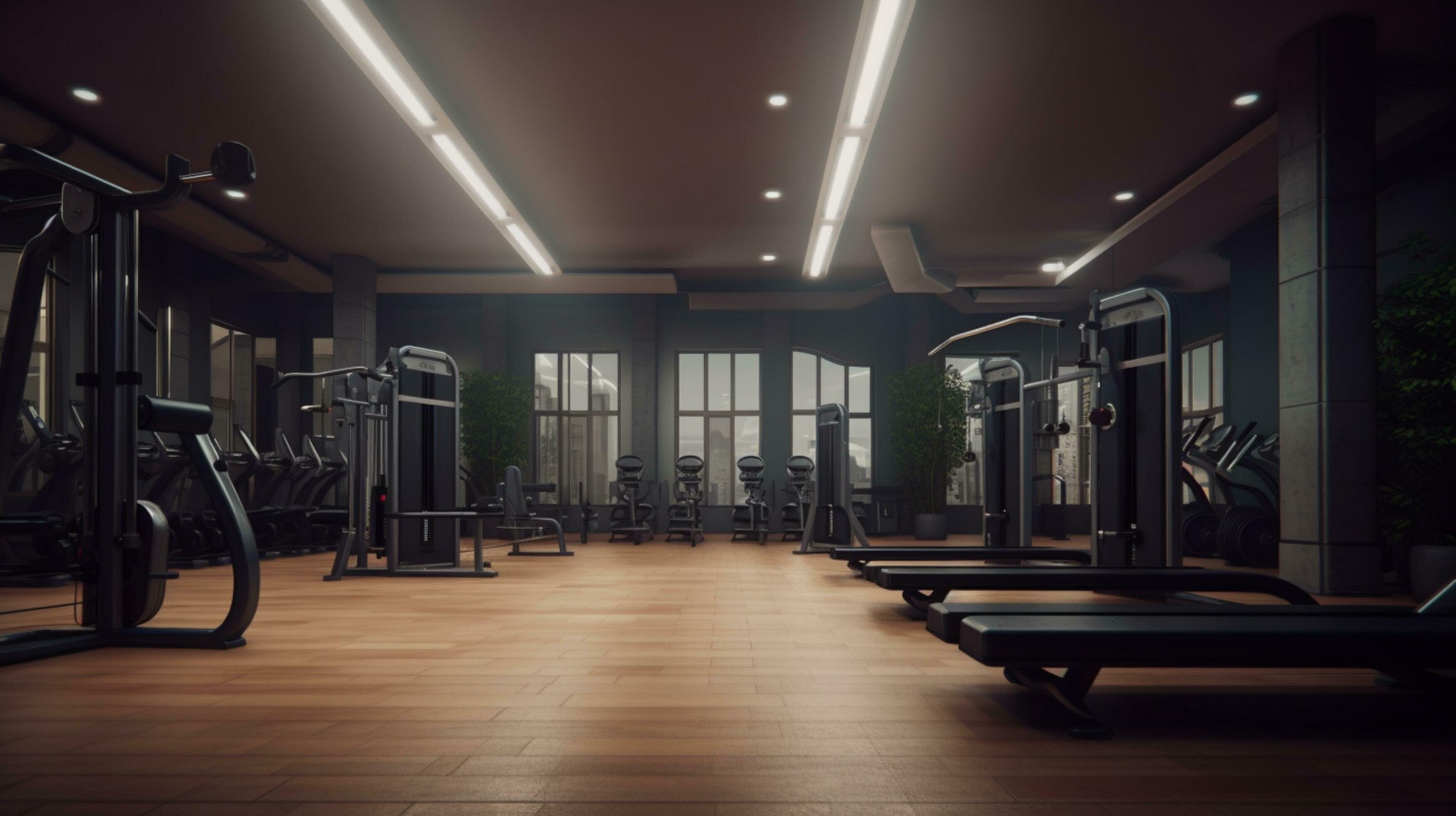-


Q30 Q-Collar Sleeve - Customizable, Moisture-Wicking Comfort for Athletes, Multiple Colors & Sizes
Regular price $19.99Sale price $19.99 Regular price -
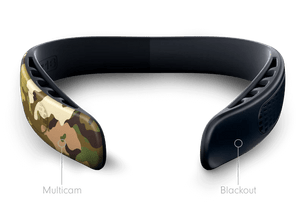
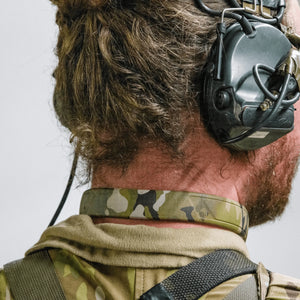
Q30 Q-Collar Tactical - FDA-Cleared Brain Protection Device for Athletes & Military
Regular price $249.00Sale price $249.00 Regular price -
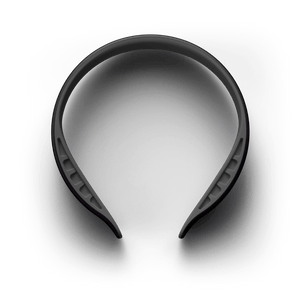
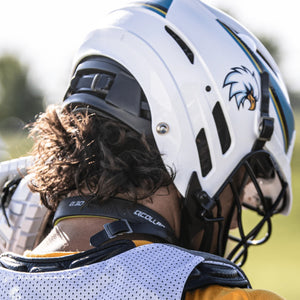
Q30 Q-Collar - FDA-Cleared Brain Protection Device for Athletes Aged 13+
Regular price $199.00Sale price $199.00 Regular price
Concussion Prevention & Awareness Gear
This collection curates sport helmets, headbands, mouthguards, impact sensors, and neck/vision tools designed to improve head protection, track impacts, and support safer return-to-play conversations. No equipment can prevent concussion, but the right fit, certified protection, training, and monitoring can help reduce risk and improve awareness for athletes, coaches, and parents.
Sport-specific helmets/headgear that meet relevant standards.
Sensors that log hits and prompt sideline checks.
Proper sizing, chin straps, and comfort increase compliance.
Strength and reaction tools to build resilience and avoidance.
Safety note: Always follow sport rules, certified fitting, and medical guidance. If a concussion is suspected, remove from play and seek qualified evaluation.
Concussion Prevention Gear — Frequently Asked Questions
Can any product prevent concussions?
What certifications should I look for?
How important is fit?
Do head impact sensors diagnose concussion?
Are soft headbands or scrum caps useful?
When should I replace a helmet or mouthguard?
Do neck strength or vision training tools help?
Buying Guide: How to Choose Concussion Awareness & Protection Gear
Step 1 — Confirm Your Sport & Rules
- Identify the required certification for your league and age group.
- Check which accessories are permitted (e.g., headbands, face shields, sensors).
Step 2 — Get the Fit Right
- Measure head circumference; choose shell size and pad set accordingly.
- Verify stability: no rocking; firm, even contact; secure chinstrap.
- For mouthguards, decide boil-and-bite vs custom fit.
Step 3 — Prioritize Protection Features
- Energy management: multi-density foam, liners, or slip-plane systems.
- Coverage: temples, occipital, jaw padding where allowed for your sport.
- Ventilation & weight for comfort and compliance.
Step 4 — Layer Awareness Tools (Optional)
- Impact sensors to log hits and alert staff/parents.
- Vision/reaction trainers and neck strength tools for resilience.
Step 5 — Plan Maintenance & Replacement
- Regularly inspect shells, liners, straps; clean per manual.
- Schedule reconditioning/replacement on the brand’s cadence.
🔎 Quick Reference — Spec Checklist
| Spec | What to Look For | Notes |
|---|---|---|
| Certification | Current, sport-specific approval | Matches league/age requirements |
| Fit & Retention | Shell size + pad kit + chinstrap | Stable with mild shake test |
| Energy Mgmt | Multi-density foams / slip-plane | Comfort + consistent contact |
| Coverage | Temple/occipital/jaw (as allowed) | Balance with weight/venting |
| Weight | As light as practical | Encourages all-game compliance |
| Sensors | Linear + rotational logging | Alerts; no diagnosis |
| Mouthguard | Boil-and-bite or custom | Replace when worn/distorted |
Always follow brand manuals and your league’s rules. If a head injury is suspected, remove from play and seek clinical evaluation—equipment is not a medical device.
Product Lineup
Head Impact Sensors Awareness
Wearable sensors that log hits and prompt sideline checks.
Nec Strength & Mobility Resilience
Harnesses, bands, and tools for safe neck conditioning.
Vision & Reaction Trainers Avoidance
Light/target systems to improve awareness and decision speed.
Key Benefits of a Thoughtful Head-Safety Kit
- Sport-specific, certified head protection with proper fit and retention.
- Impact logging and alerts to support timely sideline checks.
- Comfort and ventilation that encourage all-session compliance.
- Neck and vision tools to aid bracing and collision avoidance.
- Clear maintenance cadence for dependable performance.
Compare Options
| Category | Best For | Highlights | Shop |
|---|---|---|---|
| Sport Helmets | Required head protection | Certified, sport-specific fit & padding | View |
| Head Impact Sensors | Hit awareness & logging | Linear/rotational metrics; coach/parent alerts | View |
| Mouthguards | Retention & dental protection | Boil-and-bite vs custom; replace when worn | View |
| Soft Headgear | Allowed non-helmet sports | Abrasion + limited impact help | View |
| Neck & Vision Tools | Resilience & avoidance | Strength, mobility, reaction drills | View |
| Cleaning & Storage | Longevity | Disinfection, pad/strap refresh | View |
Care, Safety & Shipping
Inspect equipment before each use. Clean shells and pads with mild soap; avoid harsh solvents. Replace worn straps, cracked shells, or compressed padding immediately. Follow reconditioning and replacement intervals in the manual—especially after major impacts. Sensors should be paired/updated as directed and never used to clear an athlete without clinical assessment. Most items ship boxed with tracking; warranties vary by brand and typically cover materials and workmanship for defined terms—see product pages for details.
Helpful links: Shipping • Returns • Contact Us
